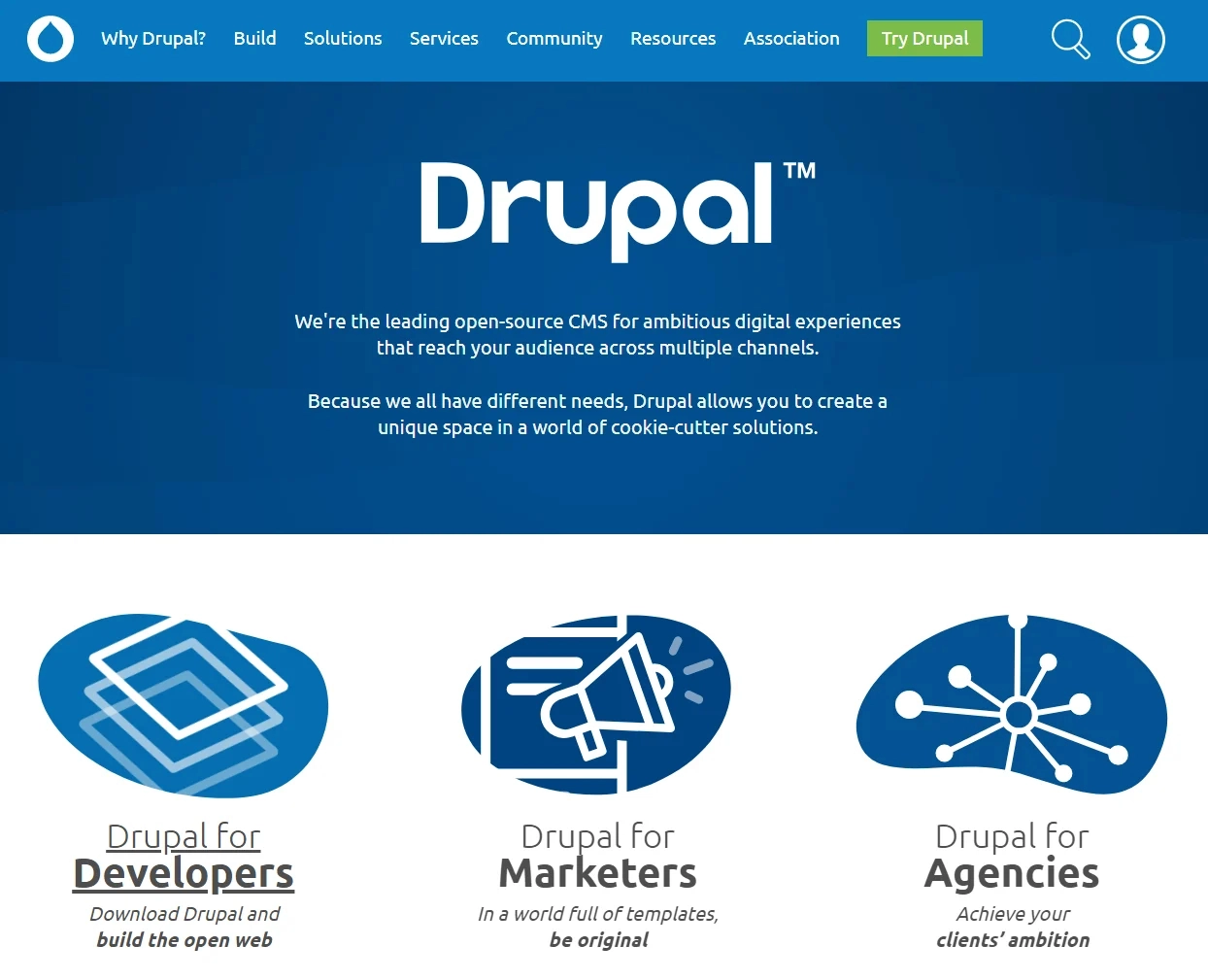Managing Your Drupal Site: A Comprehensive Guide to Success
Managing Your Drupal Site: A Comprehensive Guide to Success

Running a successful Drupal site goes beyond just setting it up. Effective management is the key to keeping your site organized, secure, and engaging for users. In this blog post, we'll delve into the world of Drupal site management, covering content, user, and configuration management to help you ensure the long-term success of your site.
Content Management:
1. Content Creation:
- Drupal's content management capabilities allow you to create various content types, such as articles, blog posts, and pages. Customize content creation forms to capture the data you need.
2. Taxonomy and Categorization:
- Implement taxonomy vocabularies and terms to categorize and tag your content. This enhances navigation and content discovery for users.
3. Content Versioning:
- Enable content versioning to track changes and revisions to your content. Drupal's version control system helps maintain content integrity.
4. Content Moderation:
- Use content moderation workflows to control content approval and publication, ensuring quality and consistency.
5. Media Management:
- Drupal offers media management tools to organize and embed images, videos, and other multimedia elements in your content.
User Management:
1. User Registration:
- Configure user registration settings, including CAPTCHA, email verification, and required fields to create a secure and personalized user experience.
2. User Roles and Permissions:
- Define user roles and assign specific permissions to control access to various site features and content. User roles help maintain security and privacy.
3. User Profiles:
- Create customized user profiles by adding fields and attributes that capture user data and preferences.
4. Account Deactivation:
- Implement automated processes to deactivate or delete inactive or spam user accounts to maintain a clean user database.
5. Community Building:
- Foster user engagement by creating discussion forums, comments sections, or community-driven features where users can interact and contribute.
Configuration Management:
1. Regular Backups:
- Perform regular site backups to ensure data recovery in case of unexpected issues or security breaches.
2. Security Updates:
- Keep the Drupal core, contributed modules, and themes up to date to patch security vulnerabilities and enhance site security.
3. Configuration Export and Import:
- Utilize configuration management tools to export site configuration settings and import them into other environments, ensuring consistency and reliability.
4. Testing and Staging Environments:
- Set up testing and staging environments to evaluate configuration changes and new features before deploying them to the live site.
5. Performance Optimization:
- Optimize site performance by configuring caching, image optimization, and other performance-related settings.
Conclusion:
Effective management is the cornerstone of a successful Drupal site. Whether you're managing content, users, or site configuration, following best practices and leveraging Drupal's features can help you create an organized, engaging, and secure online platform.
By focusing on content creation and organization, user engagement and community-building, and thoughtful configuration management, you can ensure your Drupal site remains a valuable and efficient resource for your audience. With a well-managed Drupal site, you can adapt to changing requirements and continuously improve the user experience.